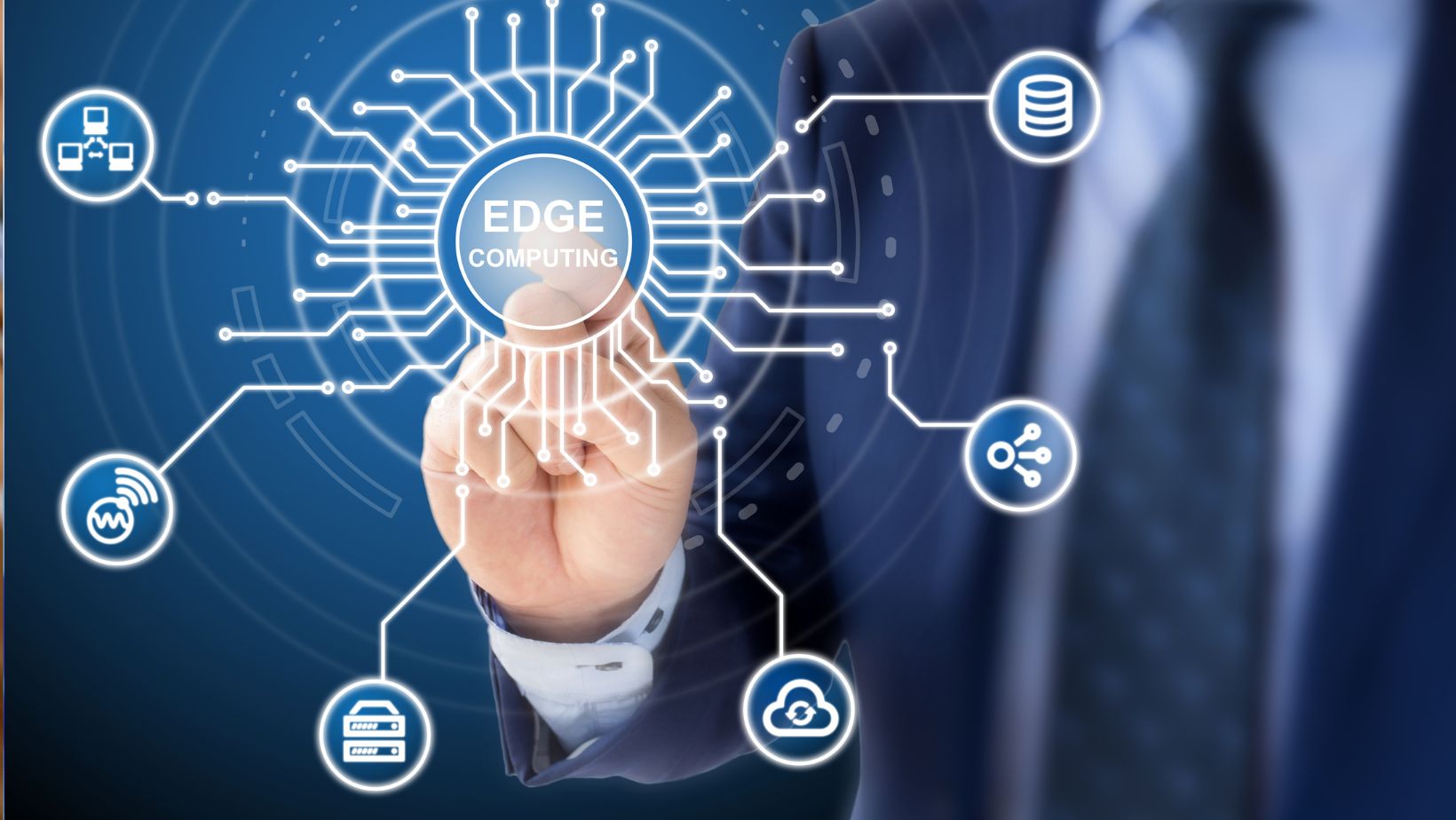
As the demand for faster and more reliable internet connections increases, edge computing has emerged as a promising solution to reduce latent connections. But, how does edge computing reduce latency for end-users?
To put it simply, edge computing moves computing operations from a central location (e.g., data centers) to the edge of the network (e.g., routers, gateways). This means that data is processed and analyzed closer to the end-user, reducing the time it takes to transmit data from the central location to the device.
Moreover, edge computing utilizes advanced algorithms and machine learning to prioritize critical data and minimize the amount of data transmitted, further reducing latency. By reducing the time it takes to process and analyze data, edge computing not only reduces latency but also improves reliability, security, and scalability, making it an ideal solution for next-generation applications such as autonomous vehicles, smart cities, and IoT devices.
Improving Latency With Edge Computing
Edge computing refers to the practice of processing data closer to the end-user, rather than on a central server located in a data center far away. It involves deploying edge devices such as routers, switches, and gateways at strategic points in the network architecture to streamline data transfer and minimize latency.
Latency is the delay between a user’s request for data and the time it takes for the data to be transmitted and delivered back to the user. In traditional network architectures, the data is processed and analyzed in large data centers, which can result in high levels of latency and slow response times, especially for consumers who are geographically far from the data center.
In contrast, edge computing reduces latency by enabling data processing and analytics to happen much closer to the end-user. Edge devices act as intermediaries between the user’s device and the data center, making decisions locally and transmitting only the relevant data back to the cloud. This results in faster response times and a more seamless user experience.
Some ways edge computing reduces latency and improves overall performance for end-users include:
– Bringing computation closer to the data source: With edge computing, data processing happens at the edge of the network, rather than in a centralized data center. This minimizes the distance that data has to travel over the network, reducing latency and improving performance.
– Filtering data at the edge: Edge devices can be configured to filter and analyze data locally, and only transmit relevant data back to the data center.
– Enabling real-time processing: Edge computing can be used to process and analyze data in real-time, making it possible to detect and respond to network events much faster. This is especially useful in mission-critical applications such as self-driving cars, where even a few milliseconds of delay can have serious consequences.
Overall, by processing data closer to the end-user, edge computing reduces latency and improves overall network performance. This has a range of benefits for both consumers and businesses, from faster load times and more reliable networks to improved application performance and enhanced user experiences.

how does edge computing reduce latency for end users?
Edge computing is proving to be an increasingly popular solution for reducing latency for end users, particularly when compared to cloud computing. Here are some of the key differences:
– Proximity: In cloud computing, data is stored in remote servers that can be thousands of miles away from the end user. In contrast, edge computing brings the computing resources closer to the end user, with data processed at the edge of the network, such as on a device or at a data center that is geographically closer.
– Speed: By bringing computing resources closer to the end user, edge computing can significantly reduce latency, resulting in faster response times and better user experiences.
– Bandwidth: With edge computing, less data needs to be transmitted to remote servers, resulting in lower network bandwidth requirements. This can help reduce costs, particularly for organizations that rely heavily on data processing and transmission.

– Security and Privacy: In cloud computing, data is often transmitted to and stored in remote servers that are owned and maintained by third-party providers. This can raise concerns around security and privacy, particularly as organizations may not always have full control over their data. Edge computing, on the other hand, can offer enhanced security and privacy by processing data closer to the end user and keeping it within a more controlled environment.
Overall, edge computing offers a compelling alternative to cloud computing for reducing latency for end users. By bringing computing resources closer to the edge of the network, this technology can offer faster response times, better user experiences, and enhanced security and privacy. As such, it is becoming an increasingly popular solution for a wide range of industries and applications, from autonomous vehicles to video streaming.
Applications of Edge Computing For Improved Latency In End Users
Edge computing has revolutionized the way users interact with the internet by providing near-instantaneous data processing and reducing latency. In this article, I’ll explore some of the specific applications for edge computing in order to improve latency for end users.
1. Smart Home Integration
Edge computing is an emerging technology that is being adopted in many smart home devices, such as thermostats, lights, and security systems. By processing data closer to the source of the data, edge computing reduces the amount of time it takes for devices to communicate with each other, resulting in faster response times and an improved user experience.

2. Video Streaming
Edge computing is also useful for improving the experience of video streaming. By processing video data at the edge of the network, content providers can reduce the amount of time it takes for videos to start playing and reduce buffering. This results in a more seamless and enjoyable viewing experience for end users.
3. E-commerce
E-commerce transactions require instant data processing, and edge computing can deliver that. By processing data closer to the user, edge computing can reduce the amount of time it takes for e-commerce sites to load and for transactions to be completed. This helps reduce cart abandonment rates and improve user satisfaction.
In conclusion, edge computing is a revolutionary technology that has a wide range of applications for improving latency in end users. By processing data closer to the source of the data, edge computing reduces latency and response times, resulting in an improved user experience and increased efficiency for businesses.


























